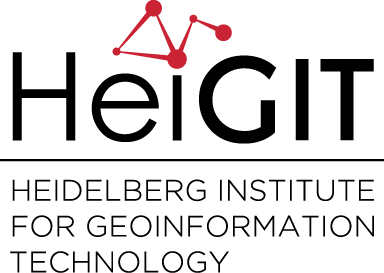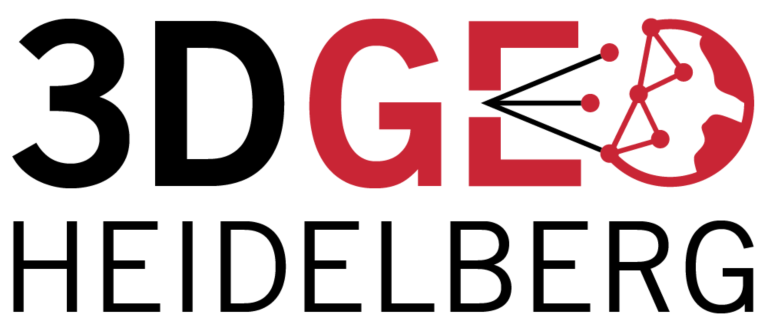Category: Research
-
A practical algorithm for labelling areal features outside their boundaries
One of the subtasks of automated map labelling that has received little attention so far is the labelling of areas. Geographic areas often are represented by concave polygons which pose severe limitations on straightforward solutions due to their great variety of shape, a fact worsened by the lack of measures for quantifying feature-label relationships. In…
-
Co-Chair of Geoinformatics Working Group @ DGPF
The Working Group of Geoinformatics of the German Society for Photogrammetry, Remote Sensing and Geoinformation (DGPF) is led by Prof. Jan-Hendrik Haunert from the University of Osnabrück. The working group deals with research questions related to Geo-Information Systems (GIS), such as the integration of GIS and image data, GIS analysis algorithms and geospatial data infrastructures.…
-
Summary of CAP4Access workshop in Heidelberg
On the 12th and 13th of August 2014, the Smart Simulation Group led by Dr. Mohamed Bakillah of the GIScience Research Group at Heidelberg University organized and hosted an internal workshop for the CAP4Access project partners. The aim of this workshop was to present and discuss the activities, sharing of tasks, ongoing progress and issues…
-
Stenomaps: A new visual encoding for thematic maps
Administrative regions and attached statistical data are often simply displayed by the contentious choropleth technique. A recent research collaboration between researchers from the Technical University Eindhoven, City University London and the GIScience group at Heidelberg University successfully added a new arrow to the quiver of Geovisualisation techniques: The Stenomap. The stenomap comprises a series of…
-
Approach for Push-Based Result Transmission with Asynchronous Geospatial Processing
Geospatial analyses are increasingly being conducted in networked environments. In such cases, geographic analyses are carried out by leveraging ressources (including geospatial algorithms) on some remote server. A user might upload some dataset onto a server, triggers some geo-computation and awaits the results. Most of such web-based geo-processing services are implementing the so called “Web…
-
VGI and Citizen Science Workshop & Invited talk at LabGeo of Florence University, Italy
During 7-11 th of July, Vespucci Initiative organized the workshop “IC1203 COST ENERGIC – VGI and Citizen Science: engaging, creating and understanding“. Having granted an award from European Commission (COST Energic), Amin Mobasheri from GIScience group of Heidelberg University attended the workshop. The week activities were articulated in practical scientific activities where participants actively contributed…
-
Online article in 3D Visualization World Magazine: UNESCO World Heritage Site Lorsch Abbey
The online magazine 3D Visualization World (www.3dvisworld.com) features an article about the 3D capturing campaigns at Lorsch Abbey: ‘The UNESCO World Heritage Site of Lorsch Abbey is located in Hesse roughly between Heidelberg and Frankfurt/Main, Germany. Laser scanners generating 3D point clouds of the structure and photogrammetric Structure-from-Motion (SfM) approaches were used to study and…
-
The Chilean newspaper El Mercurio reports about our VGI research
The Chilean newspaper El Mercurio has released an article about Heidelberg’s research on VGI and Neogeography in their Science and Technology section in the issue of 14 July 2014. El Mercurio, Santiago de Chile (No. 41.265), p. A11: Neogeografía: La geografía evoluciona al alero de las redes sociales.
-
Methods to measure potential spatial access to delivery care in low- and middle-income countries
A case study in rural Ghana Access to skilled attendance at childbirth is crucial to reduce maternal and newborn mortality. Several different measures of geographic access are used concurrently in public health research, with the assumption that sophisticated methods are generally better. Most of the evidence for this assumption comes from methodological comparisons in high-income…


